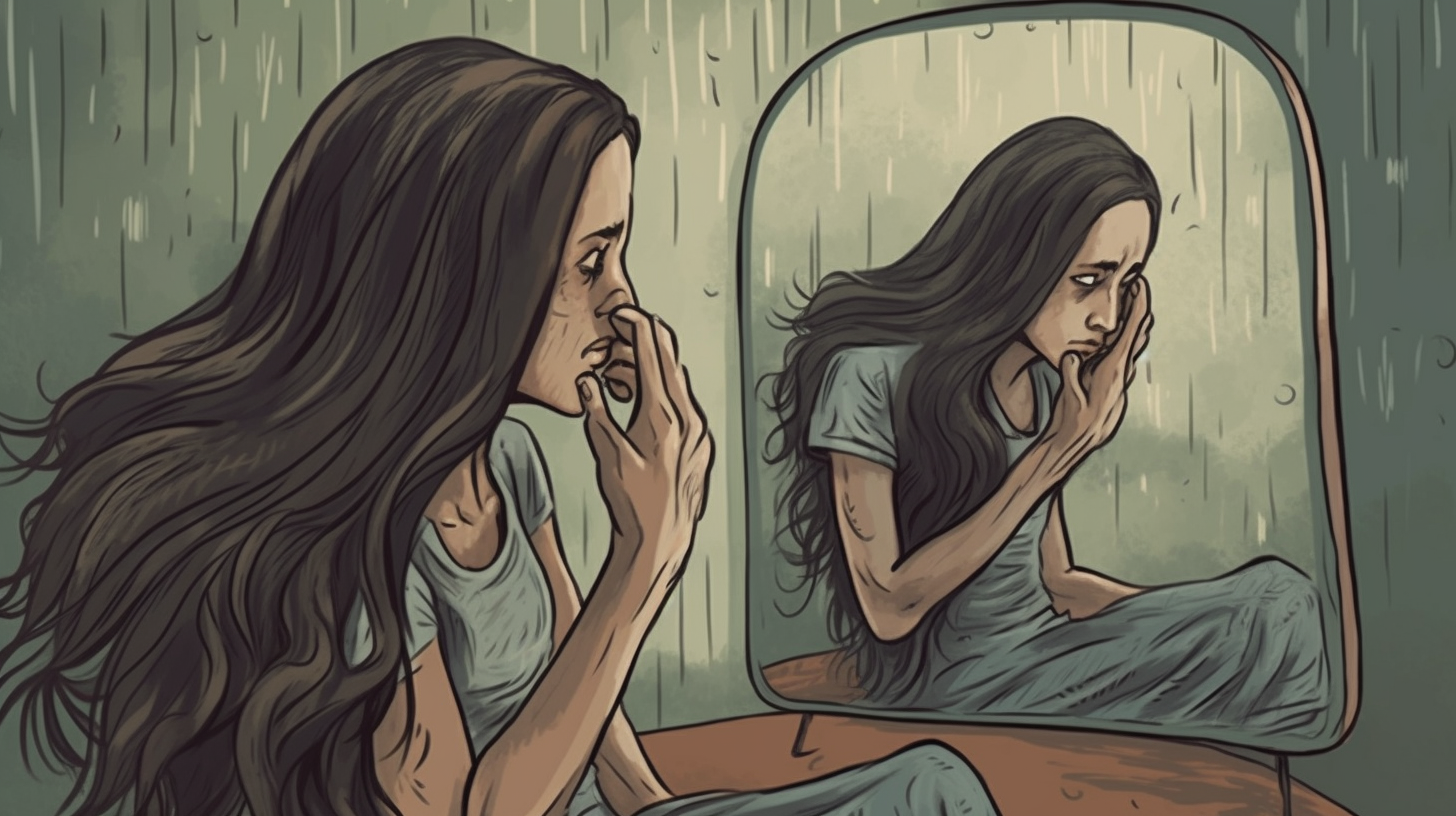Can Thinning Hair Be Reversed? Discover How to Stimulate Hair Growth Naturally
Thinning hair is a common problem for both men and women, and it can be distressing to see your once-thick mane becoming thinner and less voluminous. While there are many causes of hair thinning, including genetics, stress, hormonal imbalances, and nutritional deficiencies, the good news is that there are ways to stimulate hair growth naturally. In this tutorial, we will explore the most effective methods for reversing hair thinning and promoting natural hair growth.
Understanding Hair Growth
Before we dive into the techniques for stimulating hair growth, it’s essential to understand how hair grows in the first place. Hair grows from follicles that are located just below the scalp’s surface. Each follicle contains a tiny blood vessel that delivers nutrients and oxygen to the hair root, which is responsible for producing new hair cells.
The hair root goes through three stages of growth:
- Anagen: This is the active growth phase when new hair cells are produced. The anagen phase lasts between two to six years.
- Catagen: This is a transitional phase that lasts around two weeks. During this stage, the hair follicle shrinks and detaches from the blood supply.
- Telogen: This is the resting phase when the old hair falls out, and new hairs begin to grow in its place. The telogen phase lasts between two to four months.
On average, people lose around 100 hairs per day as part of this natural cycle. However, if you notice more significant amounts of shedding or your hair becoming thinner over time, it may indicate an underlying problem with your hair growth cycle.
The Causes of Hair Thinning
Hair thinning can be caused by several factors, including:
- Genetics: If hair thinning runs in your family, it’s likely that you will experience it too. Male and female pattern baldness are the most common genetic causes of hair thinning.
- Hormonal imbalances: Hormonal changes, such as those during pregnancy or menopause, can cause hair thinning. Hormonal imbalances caused by conditions like polycystic ovary syndrome (PCOS) can also lead to hair loss.
- Nutritional deficiencies: A lack of essential vitamins and minerals, such as iron, zinc, biotin, and vitamin D, can weaken hair follicles and cause hair thinning.
- Stress: Physical or emotional stress can disrupt the hair growth cycle and lead to increased shedding.
- Medical conditions: Certain medical conditions like thyroid disorders, autoimmune diseases, and scalp infections can cause hair thinning.
Natural Hair Growth Solutions
If you’re experiencing hair thinning or want to promote natural hair growth, there are several things you can do to stimulate your follicles and encourage healthy hair growth. Here are some of the most effective natural solutions for reversing hair thinning:
Eat a Healthy Diet
One of the easiest ways to promote healthy hair growth is by eating a balanced diet rich in essential nutrients. Make sure your diet includes plenty of protein from sources like eggs, fish, lean meat, and legumes. Iron-rich foods like spinach and red meat are also essential for healthy hair growth. Biotin-rich foods like nuts and seeds can also help strengthen your follicles.
Add Supplements to Your Routine
If you’re not getting enough essential nutrients from your diet, consider taking supplements to support healthy hair growth. Biotin, vitamin D, iron, and zinc are some of the most beneficial supplements for promoting natural hair growth. However, it’s essential to talk to your doctor before adding any new supplements to your routine.
Massage Your Scalp
Massaging your scalp can help improve blood circulation and stimulate hair follicles. Use your fingertips to massage your scalp gently for a few minutes each day, focusing on areas where you notice thinning or balding.
Use Essential Oils
Essential oils like rosemary, peppermint, and lavender can help promote healthy hair growth by improving blood flow to the scalp and reducing inflammation. Mix a few drops of your favorite essential oil with carrier oil like coconut or jojoba oil and rub it into your scalp before bed. Leave it on overnight and shampoo it out in the morning.
Avoid Heat Styling Tools
Excessive heat from styling tools like straighteners and curling irons can damage hair follicles and lead to hair thinning. Try to avoid using these tools as much as possible or use them on a lower heat setting.
Treatment Options for Hair Thinning
If natural remedies aren’t enough to reverse your hair thinning, there are several medical treatment options available:
Hair Transplant Surgery
Hair transplant surgery involves removing small plugs of skin from areas where the hair is still growing (usually the back or sides of the head) and transplanting them onto the balding area. This procedure can be expensive, but it’s considered one of the most effective treatments for severe hair thinning.
Medications
There are several medications available that can help slow down or reverse hair thinning. Minoxidil is a topical medication that is applied directly to the scalp and can help promote hair growth. Finasteride is an oral medication that blocks the hormone responsible for hair loss in men.
PRP Therapy
Platelet-rich plasma (PRP) therapy involves injecting your blood plasma, which contains growth factors that stimulate hair follicles, directly into your scalp. This treatment can be effective for promoting natural hair growth but may require several sessions to see results.
Conclusion
If you’re experiencing hair thinning, don’t despair – there are plenty of natural remedies and medical treatments available to help promote healthy hair growth. By eating a healthy diet, taking supplements, massaging your scalp, and avoiding heat styling tools, you can improve your chances of reversing hair thinning naturally. And if those methods don’t work, there are always medical treatments like hair transplant surgery and medications that can help restore your locks to their former glory.



